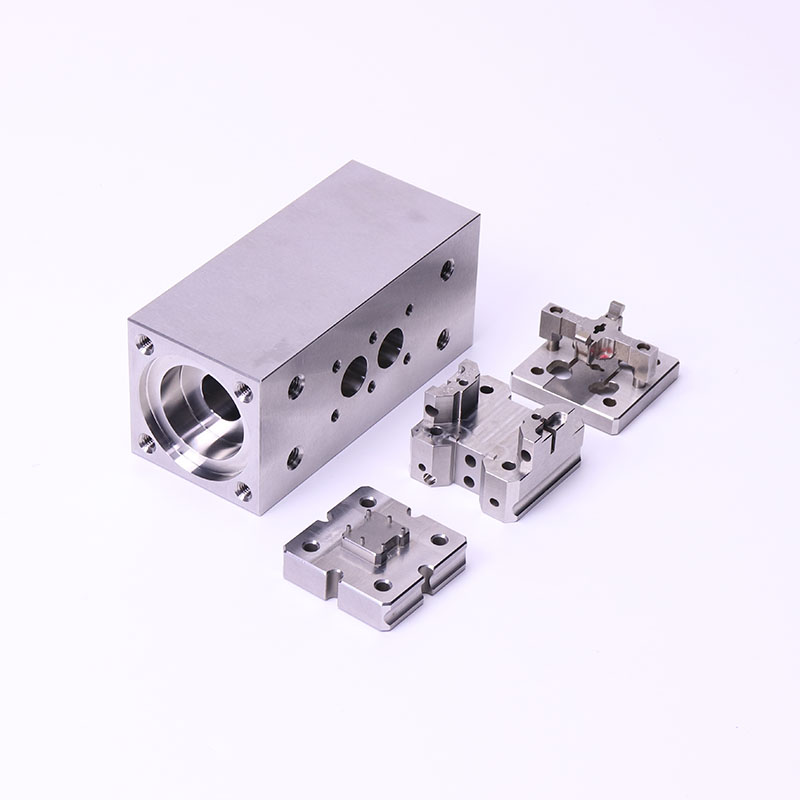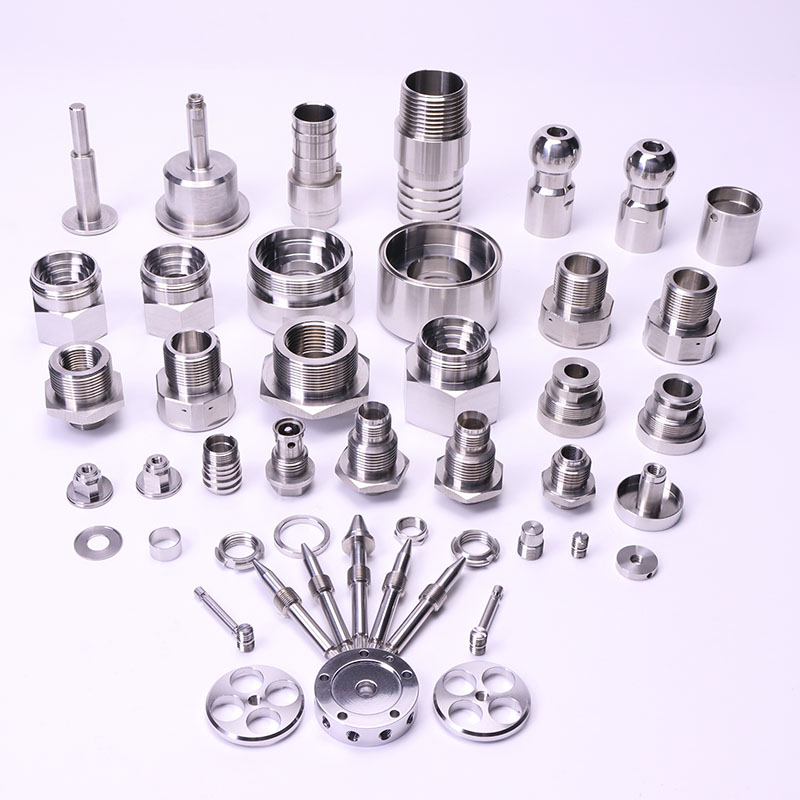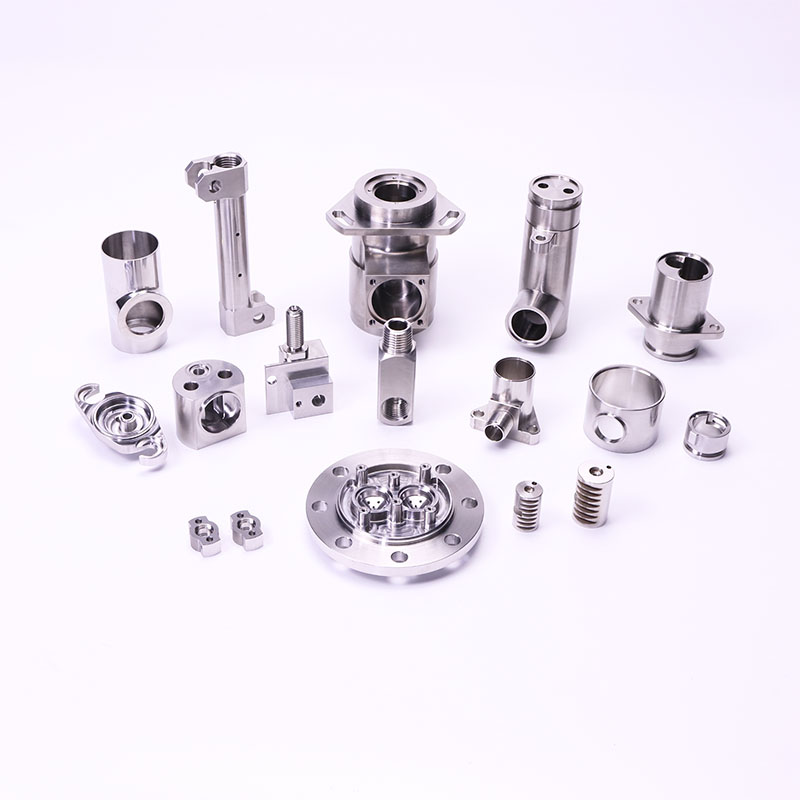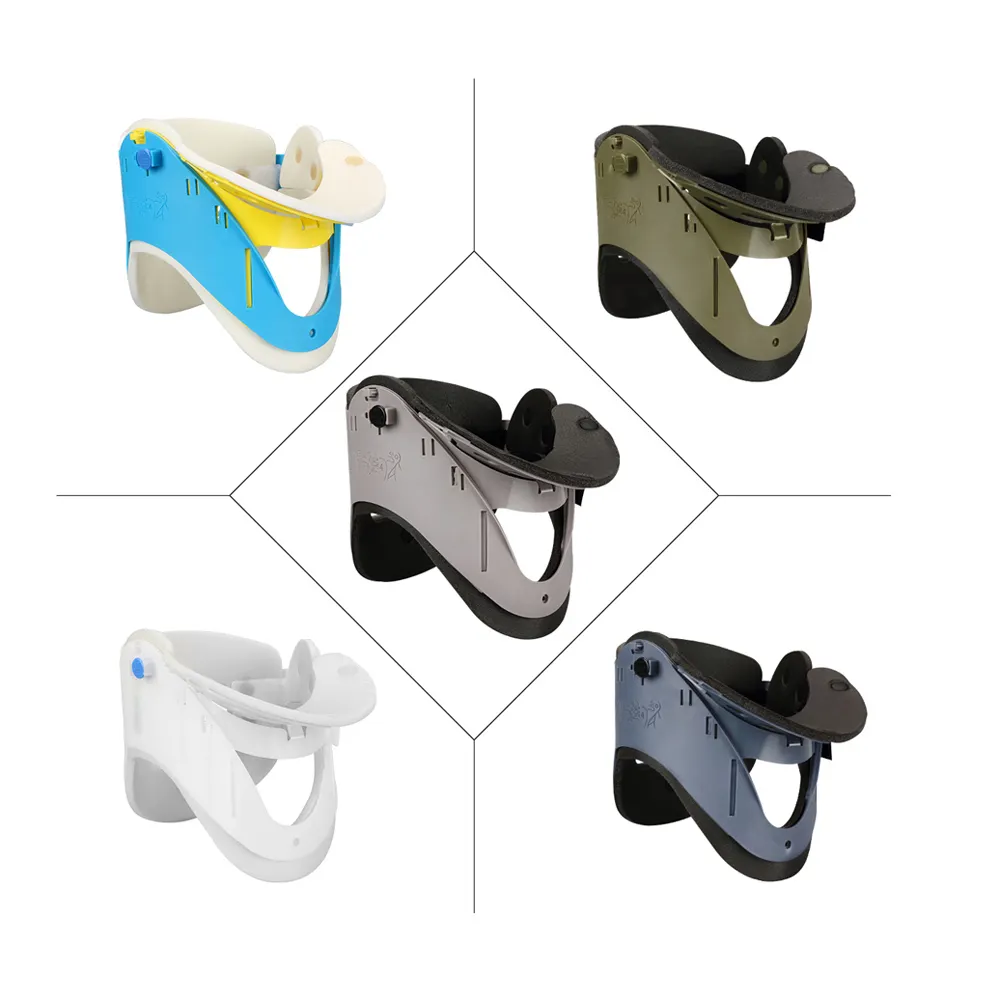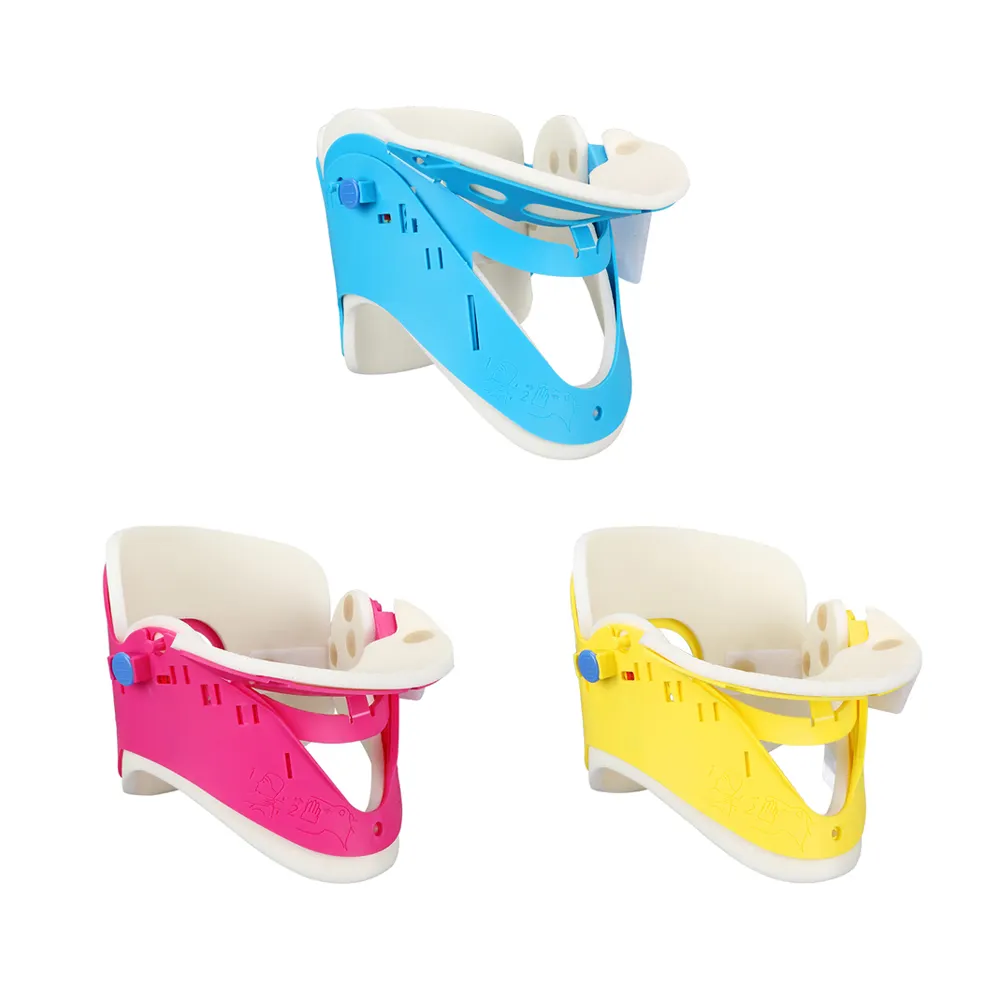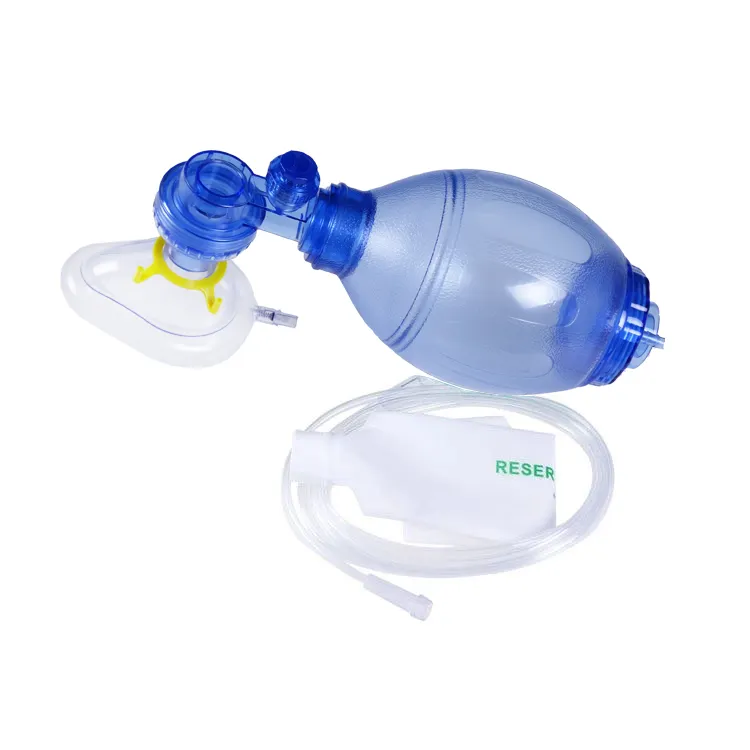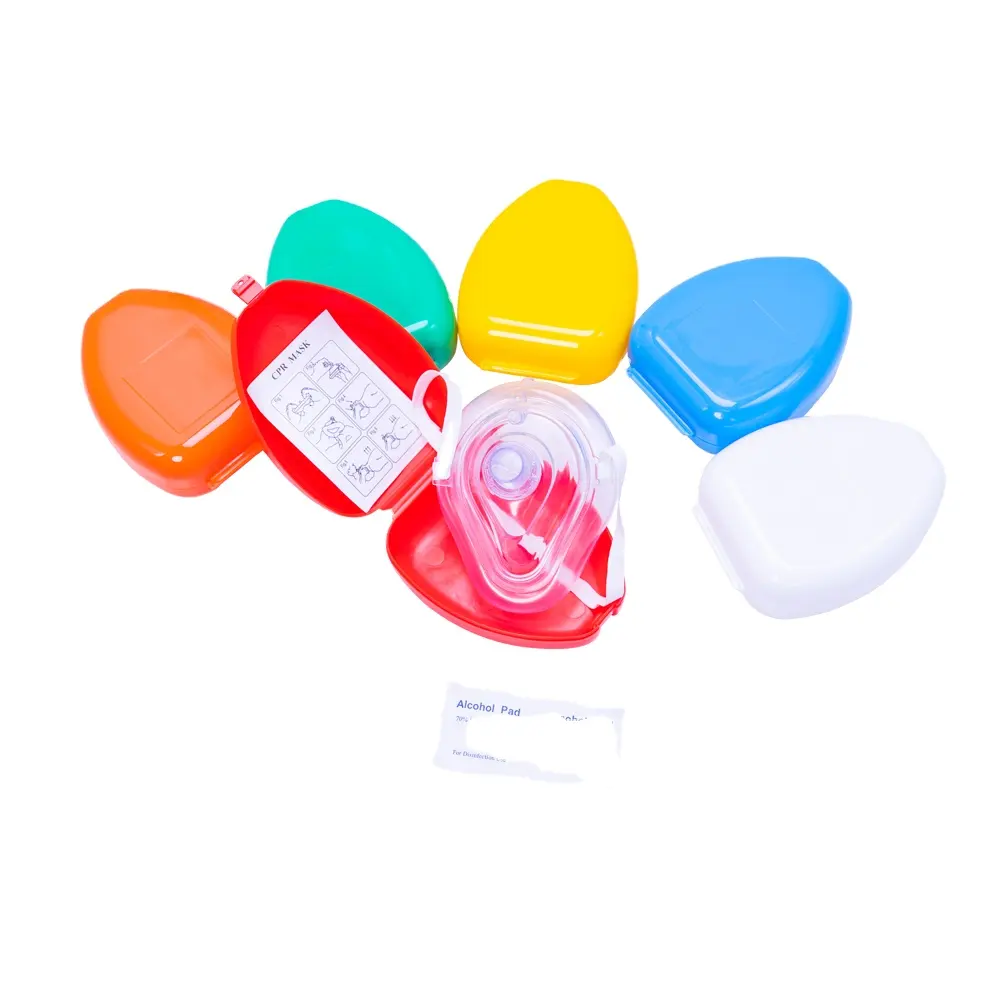Abstract
In an era where product innovation cycles shrink from years to months, CNC machining prototype services have become the backbone of industrial R&D. This article decodes why 78% of engineers prioritize CNC prototyping over traditional methods, leveraging data from Tesla’s gigacasting development and Airbus’s wing rib optimization. We’ll explore how this technology bridges imagination and reality while adhering to ISO 2768 fine-tuning standards.
Introduction
When SpaceX engineers redesigned the Starship’s methane turbopump in 2023, they turned to CNC machining prototypes to test 47 iterations within 11 weeks—a feat impossible with conventional tooling. This story reflects a global shift: CNC (Computer Numerical Control) prototyping now drives 63% of industrial design validations (Fortune Business Insights, 2024). But what makes this century-old technology indispensable in the age of 3D printing and AI?
1. Why Engineers Prefer CNC Machining for Prototyping
1.1 Micron-Level Precision Meets Real-World Demands
CNC machines achieve ±0.005mm tolerances—equivalent to 1/5th of a human hair. Boeing’s 787 Dreamliner program utilized this capability to prototype titanium firewall brackets, reducing airflow leakage by 22% compared to sand-cast alternatives. The secret lies in closed-loop feedback systems that automatically compensate for tool wear, a feature standardized in Haas UMC-750 mills.
1.2 Material Versatility Beyond Polymers
While 3D printing struggles with high-strength alloys, CNC prototypes handle materials mimicking final production:
Aerospace: Ti-6Al-4V (UTS: 1,034 MPa)
Automotive: 6061-T6 aluminum (Fatigue limit: 97 MPa)
Medical: Cobalt-chrome (Rockwell C 58-62)
Tesla’s Cybertruck door hinges underwent 31 CNC-machined 300-series stainless steel prototypes before passing 100,000-cycle durability tests.
1.3 Cost Paradox: High Initial Investment, Long-Term Savings (H3)
A MIT Sloan School analysis reveals:
| Prototyping Method | Unit Cost ($) | Lead Time (Days) |
|---|---|---|
| CNC Machining | 120-450 | 2-5 |
| Injection Molding | 1,200-6,000 | 14-28 |
| 3D Printing (SLS) | 65-300 | 1-3 |
2. Industry Applications and Future Trends
2.1 EV Revolution: From Concept to Charging Ports
Chinese EV maker NIO used CNC-machined battery housings to validate thermal management systems, cutting testing phases from 18 to 6 months. Their prototype aluminum enclosures with integrated cooling channels maintained 45°C cell temperatures during 150kW fast-charging simulations.
2.2 Medical Breakthroughs: Customized Without Compromise
Stryker’s Tritanium® TL spinal cages demonstrate CNC’s surgical precision. Machined from porous titanium (600-800μm pore size), these prototypes allowed 89% better bone ingrowth than traditional implants during FDA trials.
2.3 The Industry 4.0 Convergence
Emerging hybrid workflows combine CNC with:
AI-driven CAM software (Autodesk Fusion 360)
In-process metrology (Keyence LM Series)
Digital twins (Siemens NX)
GE Aviation’s LEAP engine nozzles now use real-time vibration analytics during CNC prototyping, boosting first-pass yield rates to 93%.
3. Conclusion
CNC machining prototypes remain irreplaceable not despite but because of advancing technologies. As BMW’s prototype shop director Klaus Schmidt notes, “A perfect CAD model cannot reveal how aluminum chatter marks affect dashboard harmonics.” In 2024’s manufacturing landscape, CNC prototyping serves as both a bridge and a testing ground—where digital designs meet physical reality.
References
ASME Y14.5-2018 GD&T Standard
Fortune Business Insights. (2024). CNC Machine Tools Market Report.
MIT Sloan School of Management. (2023). Prototyping Economics in Advanced Manufacturing.
Airbus SAS. (2022). Wing Rib Optimization Case Study.
FAQs
1. What is a CNC machining prototype?
A CNC machining prototype is a precision-engineered sample part produced via computer-controlled tools, used to validate designs in industries like aerospace and automotive before mass production.
2. Why choose CNC over 3D printing for prototypes?
CNC prototypes offer superior strength (e.g., 300-series stainless steel) and tighter tolerances (±0.005mm vs. ±0.1mm for SLS 3D printing), critical for functional testing.
3. What materials work best for CNC machining prototypes?
Aerospace-grade Ti-6Al-4V, 6061-T6 aluminum, and medical cobalt-chrome are ideal for prototypes requiring production-grade mechanical properties and heat resistance.
4.How accurate are CNC machining prototypes?
Advanced CNC machines achieve ±0.005mm accuracy—proven in Boeing’s 787 firewall brackets, reducing airflow leakage by 22% versus traditional methods.
5. Can CNC prototypes speed up product development?
Yes. NIO cut EV battery testing from 18 to 6 months using CNC-machined enclosures, while Tesla validated 31 hinge designs in weeks for Cybertruck durability.
Contact Info
Mr. Brook Lin
Job Title: Sales manager
E-mail: [email protected]
Mob/WhatsApp:+86 13599927066
Wechat:+86 13599927066 Skype:+86 13599927066
Country/Region: China (Mainland) Province/State: Fujian
Operational Address: Building 172, Tongan Industrial Zone, Tongan Area, Xiamen, Fujian, China (Mainland) Zip: 361100

